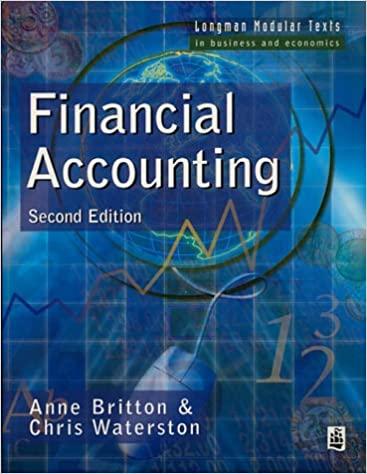Answered step by step
Verified Expert Solution
Question
1 Approved Answer
Balance Sheets ($ in millions, except per share data) J&J Pfizer Assets: Cash $ 7,713 $ 3,363 Short-term investments 4,545 10,801 Accounts receivable (net) 7,009
|
Balance Sheets ($ in millions, except per share data) | |||||||
| J&J | Pfizer | ||||||
| Assets: | |||||||
| Cash | $ | 7,713 | $ | 3,363 | |||
| Short-term investments | 4,545 | 10,801 | |||||
| Accounts receivable (net) | 7,009 | 9,210 | |||||
| Inventories | 3,976 | 6,525 | |||||
| Other current assets | 3,775 | 3,640 | |||||
| Current assets | 27,018 | 33,539 | |||||
| Property, plant, and equipment (net) | 10,914 | 19,355 | |||||
| Intangibles and other assets | 16,190 | 69,515 | |||||
| Total assets | $ | 54,122 | $ | 122,409 | |||
| Liabilities and Shareholders' Equity: | |||||||
| Accounts payable | $ | 5,371 | $ | 3,006 | |||
| Short-term notes | 1,832 | 9,511 | |||||
| Other current liabilities | 7,718 | 12,613 | |||||
| Current liabilities | 14,921 | 25,130 | |||||
| Long-term debt | 3,330 | 6,130 | |||||
| Other long-term liabilities | 5,360 | 22,355 | |||||
| Total liabilities | 23,611 | 53,615 | |||||
| Capital stock (par and additional paid-in capital) | 3,570 | 67,500 | |||||
| Retained earnings | 34,118 | 32,697 | |||||
| Accumulated other comprehensive income (loss) | (650 | ) | 210 | ||||
| Less: Treasury stock and other equity adjustments | (6,527 | ) | (31,613 | ) | |||
| Total shareholders' equity | 30,511 | 68,794 | |||||
| Total liabilities and shareholders' equity | $ | 54,122 | $ | 122,409 | |||
| Income Statements | |||||||
| Net sales | $ | 43,467 | $ | 46,793 | |||
| Cost of goods sold | 12,554 | 10,210 | |||||
| Gross profit | 30,913 | 36,583 | |||||
| Operating expenses | 20,129 | 28,852 | |||||
| Other (income) expensenet | (430 | ) | 3,655 | ||||
| Income before taxes | 11,214 | 4,076 | |||||
| Tax expense | 3,364 | 1,223 | |||||
| Net income | $ | 7,850 | $ | 2,853 | * | ||
| Basic net income per share | $ | 2.57 | $ | 0.37 | |||
* This is before income from discontinued operations. Evaluate and compare the two companies by responding to the following questions. Note: Because two-year comparative statements are not provided, you should use year-end balances in place of average balances as appropriate. Required: 1. For both companies, compute the ratios below. 2. Evaluate and compare the two companies.


Step by Step Solution
There are 3 Steps involved in it
Step: 1

Get Instant Access to Expert-Tailored Solutions
See step-by-step solutions with expert insights and AI powered tools for academic success
Step: 2

Step: 3

Ace Your Homework with AI
Get the answers you need in no time with our AI-driven, step-by-step assistance
Get Started


